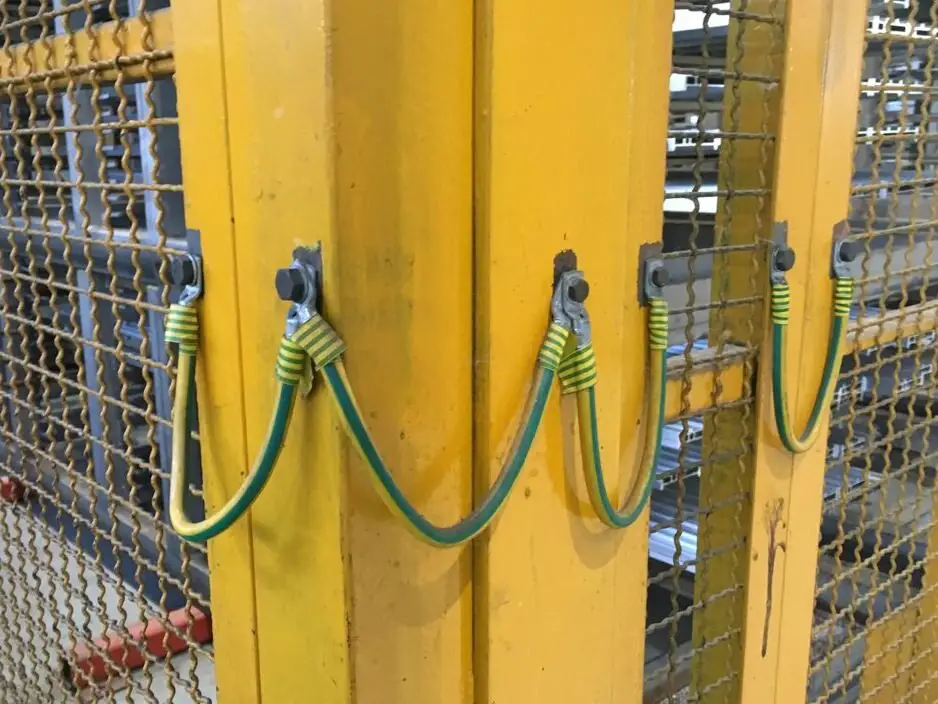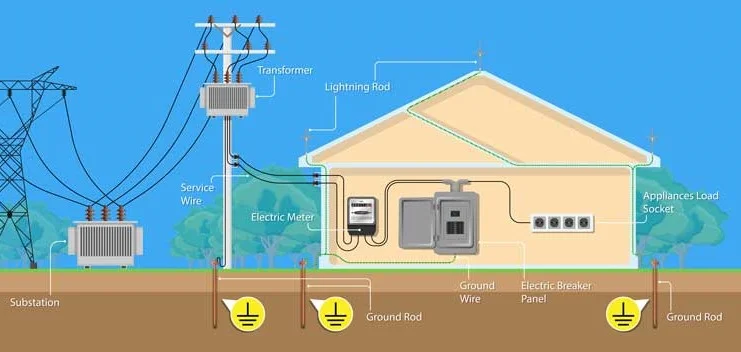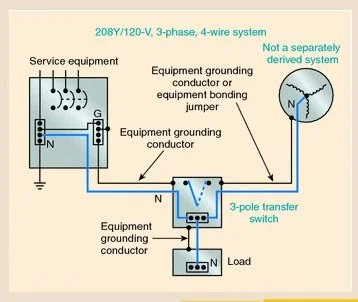Earthing and bonding are two terms very closely related but are different. Even though earthing and bonding are meant to prevent electric shock, they have a subtle difference that needs to be understood. This article explains the concepts and the difference between earthing and bonding.
Note: The terms earth and ground refer to a common reference point and are used interchangeably throughout the world. While IEC ((IEV ref 195-01-01) defines this reference point as earth, IEEE (Standard Std 142-2007) defines the same point as ground and NEC defines ground itself as a connection to the earth. It is obvious that there shall be a difference in opinion on defining these two terms. For instance, let’s keep the differences apart and discuss the difference between earthing and bonding considering that both grounding and earthing refer to the same point of reference.
Read More: Are earthing and grounding the same?
Earthing/ grounding
Electrical earth or ground is a reference point by connecting to which it is ensured that the other point on the system stays at a potential with reference to the ground. When we connect the neutral of a three-phase system, the neutral and the ground stays at the same potential whereas the phases stay at a potential with reference to the neutral.
One of the primary purposes of grounding is to detection of faults in electrical systems by providing a path for currents to flow from the fault point through the ground (and sometimes the earth mass) back to the source’s neutral point.
It also provides a low impedance path for static charges and surges caused by the environment and the load changes within the system thereby ensuring zero harm to the personnel and the equipment. The power distribution cabinets and control panel enclosures are grounded to ensure that they stay at the same potential as the ground and ensure safety for the operators.
Bonding
It is essential that all the grounding systems and accessible equipment surfaces stay at the same potential.
Bonding refers to the practice of interconnecting all the grounding systems, equipment enclosure and non-current carrying metallic parts together so that all stays at the same potential and there will be no difference in potential between different non-current carring accessible metallic surfaces or between the grounding systems. This makes all the surfaces equipotential and thus bonded.

If the system is not bonded, a difference in potential might exist between any two equipment surfaces and can be hazardous if a person comes in contact with these surfaces at the same time. Also, the absence of bonding can damage sensitive equipment with their parts connected to two different systems. The current flow caused due to the inter-system capacitance can damage the sensitive components and PCBs.
Difference between earthing and bonding
| Property | Earthing/Grounding | Bonding |
|---|---|---|
| Purpose | To create a reference point for system potential and discharge static charges and surges to the ground. | To maintain all equipment surfaces, conducting metallic surfaces and grounding systems at the same potential. |
| Connection | From the system to the ground. | Between the grounding systems and metallic surfaces. (above the ground) |
| Where to be done? | At transformers, generators, substations, and metallic surfaces of enclosures of electric systems/panels. | At Exposed metal structural components of the building, metal water service pipes, Metal gas installation pipes, metal service pipes, ducting metal central heating, and air conditioning systems, and between grounding systems. |
| Why do we need them? | Protection from electric shocks and hazardous surges. | Bonding ensures that all metallic surfaces are at the same potential. Its primary is not protection from electric shock but as it is in some way connected to the ground, can protect from electric shock as well. |
Read More: Difference between neutral and earth/ground


Thanks for sharing this great article.
Earthing is very important.